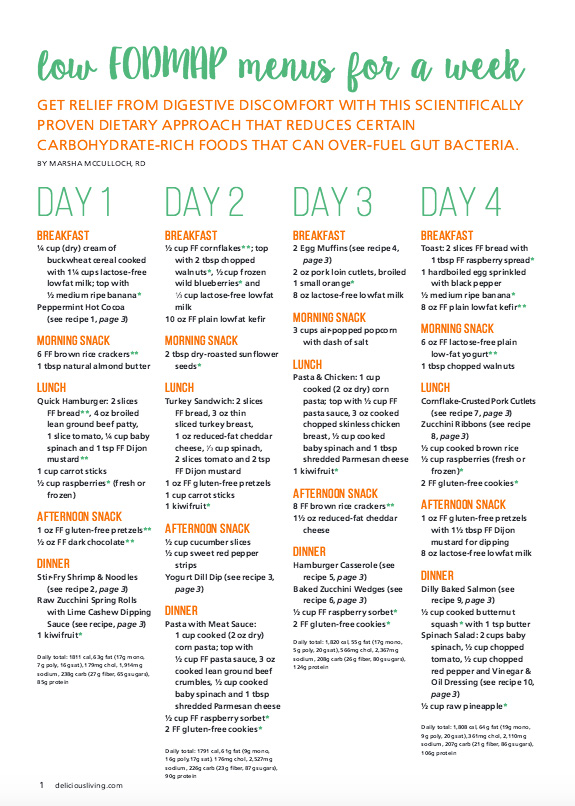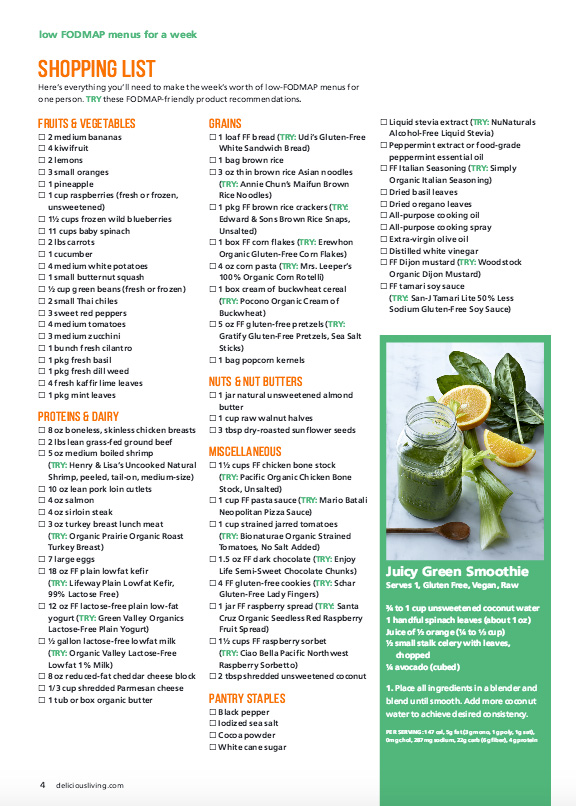I originally wrote this recipe for Basmati.com which has a wealth of Ayurvedic inspired wellness information, but I wanted to share it here too because it is one of my favorite soups. It has several steps but it is all very easy to do and it’s worth it, trust me. I’m not one of those people who embraced using cauliflower as rice or as any kind of grain substitute as was all the rage for a while there, so I’m not a huge lover of all things cauliflower, but this soup is delicious. The garlic and leeks are what really make it special so I add in a lot of those, but you can definitely tone it down if you don’t care for the allium family that much. Garlic is so healthy for the cardiovascular system and also for keeping germs and viruses away though that I recommend large doses if you can handle it.
In a family with gluten, dairy, soy, egg, and nut intolerances, indulging in creamy anything is quite rare. My oldest son and I are big soup lovers, though, and he especially loves creamy soups, so I’ve tried my hand at several vegan recipes using coconut milk, but we just aren’t always in the mood for the subtle taste of coconut. I’ve discovered that with enough olive oil in the cooking process, and by roasting the veggies first, we can end up with a creamy soup without any dairy or dairy alternatives whatsoever – and the taste is truly superb. It is one of those meals that you have to remind yourself is actually incredibly healthy – just veggies, olive oil, herbs, and spices – because it really does taste like a decadent treat. Here’s the recipe:
Creamy Roasted Cauliflower Soup
- 1 medium to large head of cauliflower
- 1 large leek
- 2-4 cloves of garlic, depending on taste (I use 4 because I like it good and garlicky)
- 1 small-medium yellow onion
- 4 cups of vegetable stock
- About 2-3 Tbs olive oil
- ½-1 tsp sea salt
- Several turns of fresh ground pepper to taste (you can always add more, so start on the smaller side)
- 1 tsp or more Herbs d’Provence or thyme
Preheat oven to 425 degrees Fahrenheit and pour olive oil onto a cookie sheet (or some other roasting pan) and rub it around until the bottom is covered, or cover the bottom with parchment paper. Chop the cauliflower and leek up into bite size pieces and put them on the pan to roast with the garlic cloves. Pour olive oil on top of the vegetables, trying to make sure each piece has been touched. I do this by pouring the oil in a crisscross fashion over the pan, and then I roast the vegetables for about 30 minutes, turning them over once or twice during that time. They will be done when there are brown bits on top in places.
Meanwhile, chop the onion and sauté it in about 1 Tbs olive oil in a large pot on medium-high heat until translucent (about 3 minutes).This is also when I like to put the salt, pepper, and herbs d’Provence (or thyme) in the pot, but remember: you can also add more salt and pepper later, so start with small amounts. The soup is so flavorful with the garlic that you might be surprised at how little salt in particular that you need.
Add the four cups of vegetable stock to the pot and bring to a quick boil before turning it down. When the vegetables are finished roasting in the oven, put them in the pot of soup and let it all simmer together for about 5 minutes before turning off the burner and letting it cool a bit prior to blending. Pour the soup into a blender and watch it turn into creamy deliciousness in less than a minute, and then taste to make sure it has enough salt and pepper to your liking.
This soup is best with an herb-y bread to dip into it, such as focaccia or rosemary bread. I usually make my own focaccia style bread sticks with Trader Joe’s flat breads by adding olive oil, some seasoning salt, rosemary, basil, and oregano to the top of the flat breads and baking them at 425 for 10 minutes.
Canyon Bakehouse has a delicious gluten-free and dairy-free focaccia also, but if you can eat gluten I recommend rosemary bread such as The Essential Baking Company’s yummy version.
Please share this with anyone who might be interested, and please subscribe for a weekly wellness post if you haven’t already. It’s free and you can unsubscribe any time. Happy Halloween to all who celebrate!
![1FE33D0D-A45B-40B8-AD28-17422FF824D0[1] 1FE33D0D-A45B-40B8-AD28-17422FF824D0[1]](https://i0.wp.com/botanicalalchemyandapothecary.com/wp-content/uploads/2018/10/1FE33D0D-A45B-40B8-AD28-17422FF824D01.jpg?w=410&h=410&crop=1&ssl=1)
![4C2F0072-B79A-4166-BBB6-256068216600[1] 4C2F0072-B79A-4166-BBB6-256068216600[1]](https://i0.wp.com/botanicalalchemyandapothecary.com/wp-content/uploads/2018/10/4C2F0072-B79A-4166-BBB6-2560682166001.jpg?w=410&h=410&crop=1&ssl=1)
![6C205B69-0ADF-40B2-91DF-1D810D4D8176[1] 6C205B69-0ADF-40B2-91DF-1D810D4D8176[1]](https://i0.wp.com/botanicalalchemyandapothecary.com/wp-content/uploads/2018/10/6C205B69-0ADF-40B2-91DF-1D810D4D81761-1588138700-1541022573990.jpg?w=375&h=376&ssl=1)
![B7873C94-7A88-4282-9AD7-5450CBF07215[1] B7873C94-7A88-4282-9AD7-5450CBF07215[1]](https://i0.wp.com/botanicalalchemyandapothecary.com/wp-content/uploads/2018/10/B7873C94-7A88-4282-9AD7-5450CBF072151.jpg?w=445&h=376&ssl=1)
![80FEEA13-CD35-40AA-BC23-D0AE4A038D33[1] Easy gluten-free focaccia](https://i0.wp.com/botanicalalchemyandapothecary.com/wp-content/uploads/2018/10/80FEEA13-CD35-40AA-BC23-D0AE4A038D331.jpg?w=548&h=548&crop=1&ssl=1)
![5AD98258-140A-43A0-AF2F-0087F0CE8014[1] Makes great bread sticks](https://i0.wp.com/botanicalalchemyandapothecary.com/wp-content/uploads/2018/10/5AD98258-140A-43A0-AF2F-0087F0CE80141.jpg?w=272&h=272&crop=1&ssl=1)
![0F4E76D3-2712-4073-B799-6AE9CD269812[1] Ingredients are gluten, dairy, and egg free](https://i0.wp.com/botanicalalchemyandapothecary.com/wp-content/uploads/2018/10/0F4E76D3-2712-4073-B799-6AE9CD2698121.jpg?w=272&h=272&crop=1&ssl=1)

![F8F114EC-3821-4B1C-B3BA-28D6734E4E12[1]](https://i0.wp.com/botanicalalchemyandapothecary.com/wp-content/uploads/2018/08/F8F114EC-3821-4B1C-B3BA-28D6734E4E121.jpg?resize=828.75%2C833&ssl=1)
![48BC3942-2879-42F6-B9F6-66273D4709D2[1] 48BC3942-2879-42F6-B9F6-66273D4709D2[1]](https://i0.wp.com/botanicalalchemyandapothecary.com/wp-content/uploads/2018/08/48BC3942-2879-42F6-B9F6-66273D4709D21.jpg?w=410&h=410&crop=1&ssl=1)
![2C876D82-CB0E-4B83-8191-F0A06005D1A1[1] 2C876D82-CB0E-4B83-8191-F0A06005D1A1[1]](https://i0.wp.com/botanicalalchemyandapothecary.com/wp-content/uploads/2018/08/2C876D82-CB0E-4B83-8191-F0A06005D1A11.jpg?w=410&h=410&crop=1&ssl=1)
![9FE53C8F-171D-4B58-812E-68D55A51E6F4[1]](https://i0.wp.com/botanicalalchemyandapothecary.com/wp-content/uploads/2018/08/9FE53C8F-171D-4B58-812E-68D55A51E6F41.jpg?resize=828.75%2C829&ssl=1)
![98349DF0-652C-4BD5-9C55-97A2593031E2[1]](https://i0.wp.com/botanicalalchemyandapothecary.com/wp-content/uploads/2018/08/98349DF0-652C-4BD5-9C55-97A2593031E21.jpg?resize=300%2C300&ssl=1)
![0D8D70D7-383A-4DB5-A577-19727E390EED[1]](https://i0.wp.com/botanicalalchemyandapothecary.com/wp-content/uploads/2018/08/0D8D70D7-383A-4DB5-A577-19727E390EED1.jpg?resize=828.75%2C829&ssl=1)


